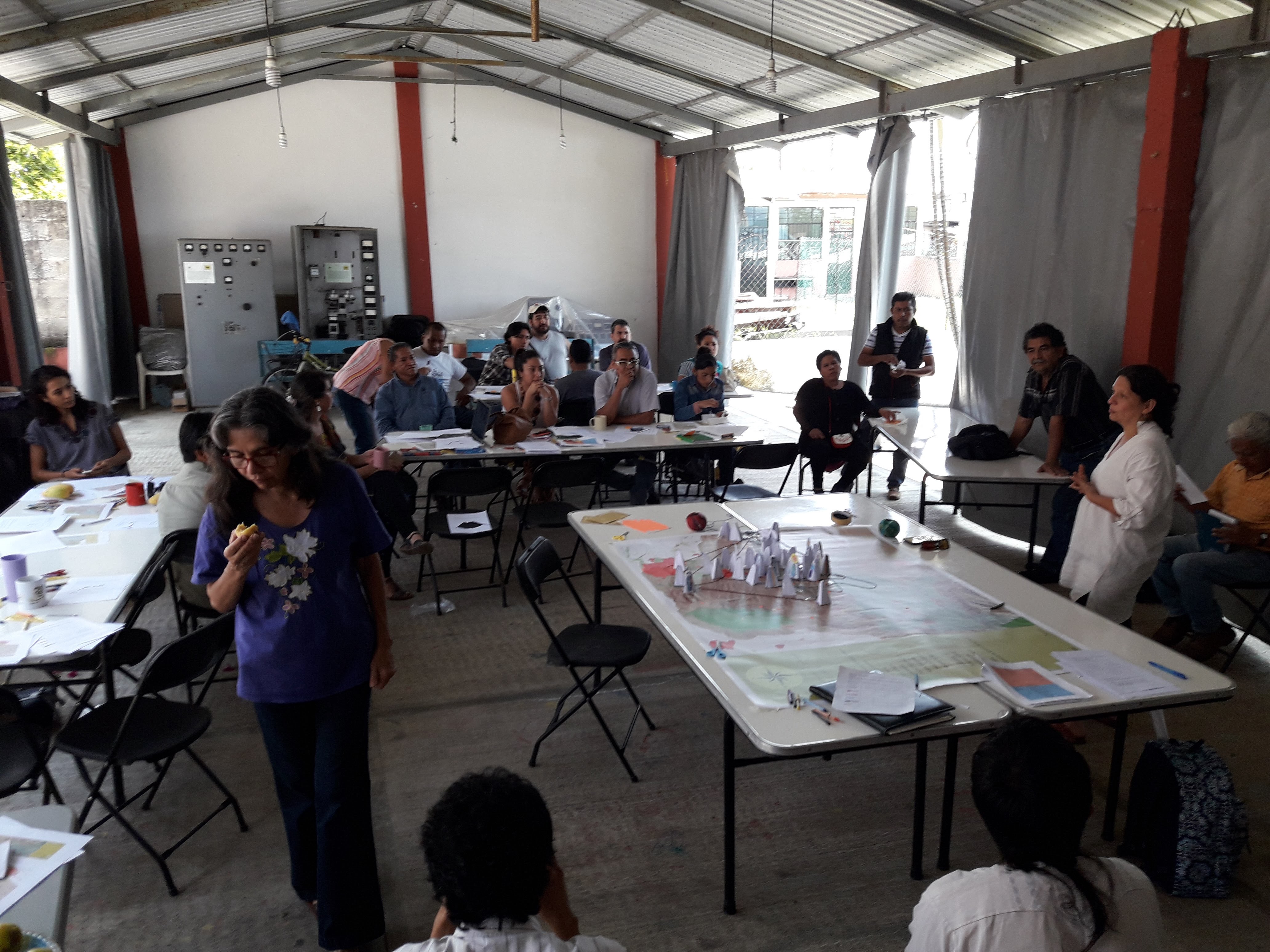Addressing specific concerns of local communities, associated with establishment of Machakhela National Park (MNP)
Establishment of the National park had some specific impact on the communities living in the valley, such as limitation of access to the fuelwood and aggravation of human-wildlife conflict.
The classic approach used by the PA system to address both scenarios would be based on control and penalization of illegal activities. However, the project approach was to try to address the root cause of the issues and thus reduce the basis for conflict between the MNP and local communities.
In the fuelwood case, the project has initiated activities that try to reduce overall demand though increased efficiency of use and fuelwood alternatives. In close consultation with local households, the project assessed potential alternatives, practically tested and demonstrated the chosen options with households, and on that basis disseminated results and encouraged replication.
Likewise, in the case of human/wildlife conflict issue, the project approach was to test methods to mitigate the problem by assessing the situation and testing approaches that are selected after an evaluation of practicality and feasibility.
In both cases, a key aspect was the direct involvement of the MNP Administration so that they can become seen as part of the solution to local households problems, rather than a cause.
